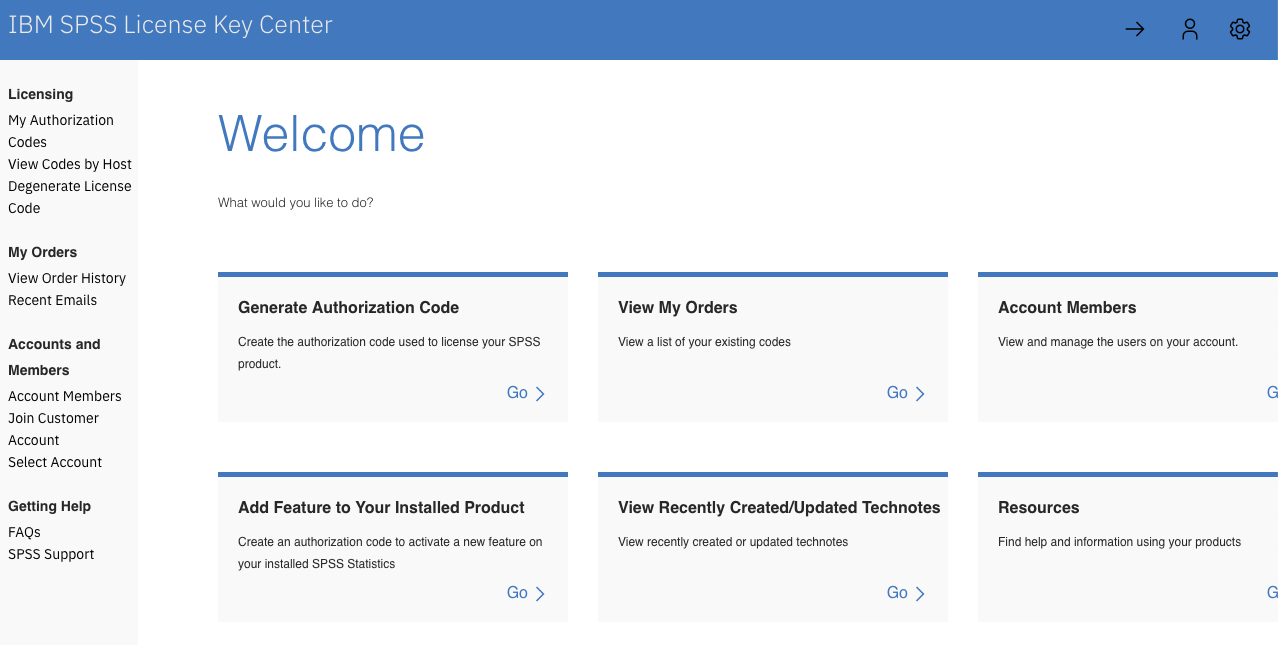

According to the recommendation by American Association of Physicists in Medicine (AAPM) Task Group 101 11, IBA CC13 ion chamber with 0.13 cm 3 cavity volume was used to measure PDD, beam profile, MLC leaf offset. PDDs at 5 cm depth (PDD5), 10 cm depth (PDD10) and 20 cm depth (PDD20) were measured for beam of 10 × 10 cm 2 field size.

All measurements were conducted using the IBA Blue Phantom scanning phantom system (IBA dosimetry, Germany). Percentage depth dose (PDD), beam profiles, output factors (OF), and MLC leaf offset were measured on all three beam-matched linacs. The condition of three linear accelerators is shown in Table 1. Three Elekta beam-matched linacs were installed in our department including Synergy1, Synergy2 and VersaHD, which had been equipped with Agility heads (80 MLC leaf pairs of 5 mm leaf width).

The method can be used for selecting reference beam model for VMAT plans.īeam data acquisition for three beam-matched Elekta linacs The beam-matched linacs demonstrate good agreement between measurement result and TPS calculation result for VMAT plans. Compared with all plans delivered on Synegy1 and VersaHD, the point dose discrepancy between measured results and TPS calculated results for plans delivered on Synergy2 is smallest, and the gamma passing rate between measured results and TPS calculated results for plans delivered on Synergy2 is highest. With comparison between measurement result and TPS calculation result, the absolute dose deviations are within the range of ± 3%, and the gamma passing rates are all over 95% for all VMAT plans, which are within the tolerance of clinical acceptability. Among three beam-matched linacs, discrepancy in beam output factor, percentage depth dose at 5 cm, 10 cm, 20 cm depth and MLC leaf offset are all within 1% except 20 × 20 cm 2 and 30 × 30 cm 2 field sizes, and discrepancy in beam profile is all within 2%. Measurement results were compared with treatment planning system (TPS) calculation results for all VMAT plans. Each VMAT plan was executed sequentially on three linacs respectively.

For eighteen lung and esophagus cases, fifty-four plans were generated using VMAT technique with three linac beam models respectively for point dose measurement and three-dimensional dose measurement. Beam data was measured on three beam-matched linacs including Synergy1, Synergy2 and VersaHD. Our objective was to provide a method for selecting reference beam model and evaluating the dosimetric accuracy of volumetric modulated arc therapy (VMAT) plans delivered on three Elekta beam-matched linacs during radiation oncology.


 0 kommentar(er)
0 kommentar(er)
